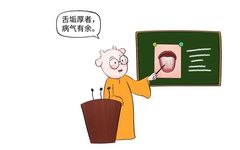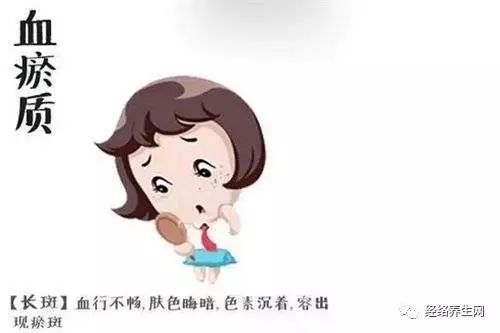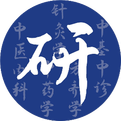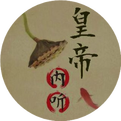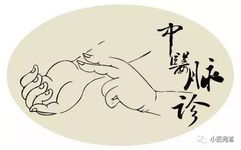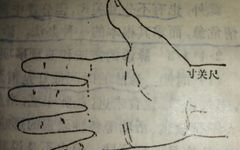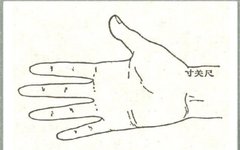Morning Thoughts on Pulse Diagnosis 43: Fine Pulse (What is Daoism?)
Fine Pulse: The pulse is formed by the dual energies of Yin and Yang. Yin energy is responsible for support and nourishment, while Yang energy governs outward expression and warmth. When the pulse becomes as fine as a hair, it is necessary to consider various factors. It may indicate a deficiency of Yin energy, or … Read more



